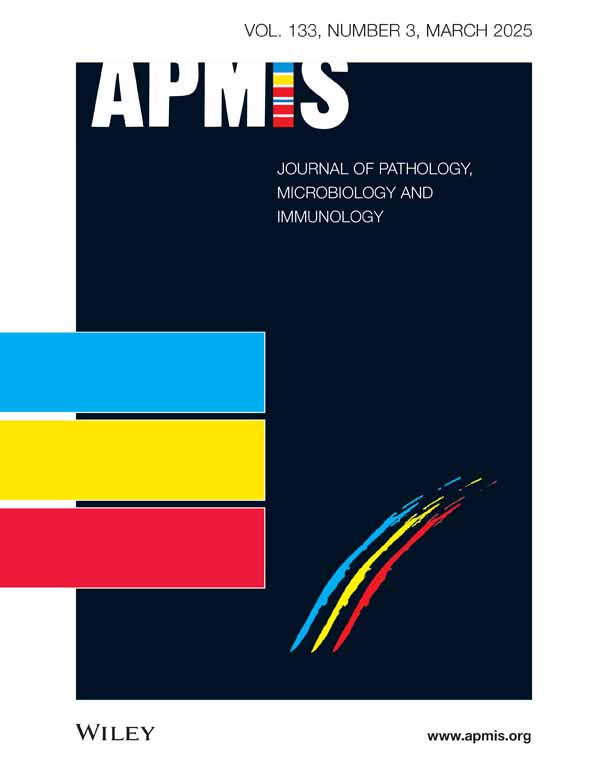Prevalence and Co-Detection Rates of SARS-CoV-2, Influenza, and Respiratory Syncytial Virus: A Retrospective Analysis
Funding: The authors received no specific funding for this work.
ABSTRACT
In late 2022, there was a significant increase in the prevalence of RSV in the northeastern United States. This surge occurred concurrently with the beginning of the traditional influenza season and the ongoing circulation of SARS-CoV-2. We retrospectively analyzed respiratory testing data at a regional reference laboratory from September 2022 to April 2024 to characterize the prevalence and incidence of co-detection of RSV, influenza A, influenza B, and SARS-CoV-2 in the northeastern United States. The positivity rates were found to be 16.68% for SARS-CoV-2, 11.66% for influenza A, 0.83% for influenza B, and 9.11% for RSV during the study period. Co-detections were observed in 0.49% of samples, with SARS-CoV-2/influenza A co-detection being the most common. Co-detections occurred less frequently than expected based on individual positivity rates. During the study period, influenza B positivity increased over 10-fold, SARS-CoV-2 positivity decreased by 60%, and co-detection was more prevalent in the pediatric population.
Conflicts of Interest
The authors declare no conflicts of interest.
Open Research
Data Availability Statement
The data that support the findings of this study are available from the corresponding author upon reasonable request.




